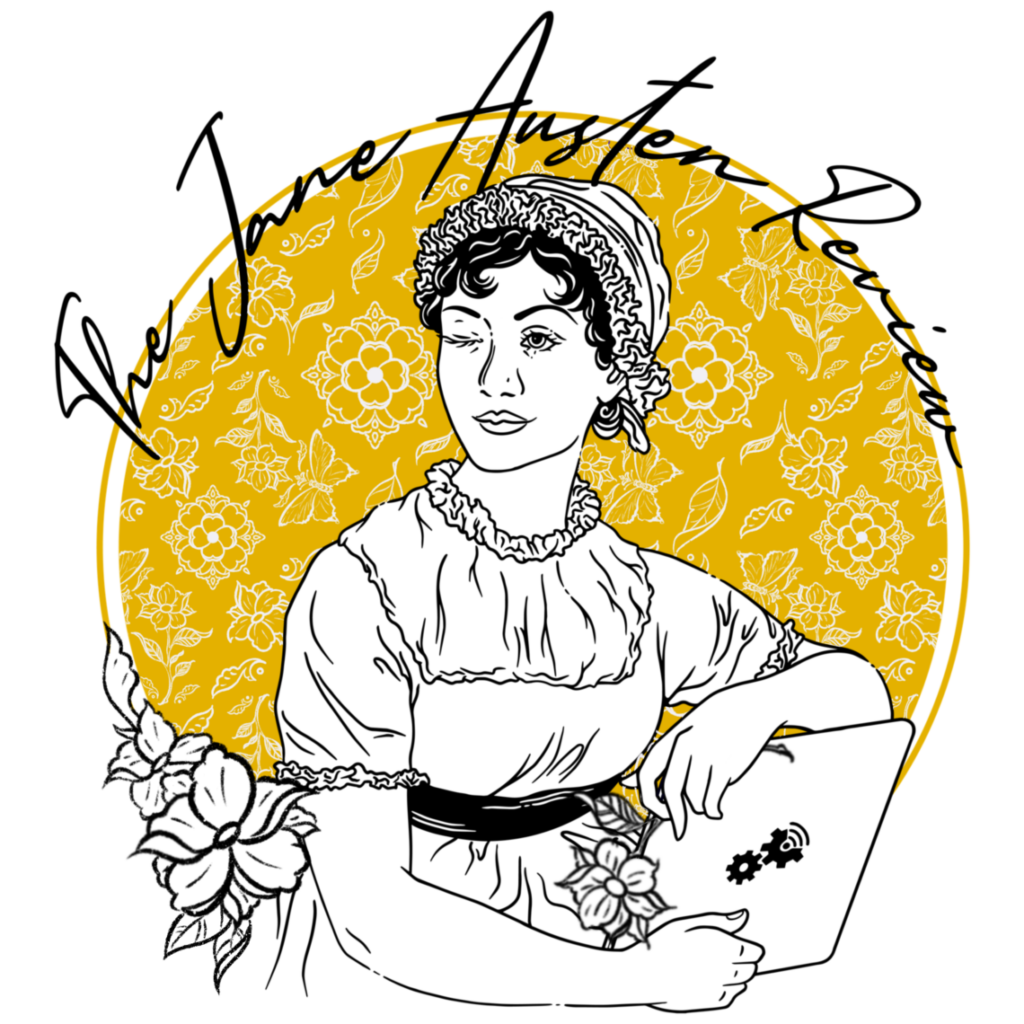Annotating Austen’s Environments

What does it mean to read Jane Austen while experiencing climate change? On the occasion of Jane Austen’s 246th birthday, we are excited to announce that in January 2022, The Jane Austen Review will begin an open educational project focused on the representations of the environment and non-human living forms in Austen’s work.
Our project emerges, first, from our immediate experience of climate change. Most of the members of our team either reside or have recently resided in the Pacific Northwest region, where we are learning how to live with dangerous summer fires and how to breathe with the smoke that blankets our region for days, sometimes weeks. Second, it responds to novelist and environmentalist Amitav Ghosh’s provocative claim that Jane Austen’s novels “midwifed” cultural expressions and yearnings for “certain kinds of gardens and dwellings” that are “among the principle drivers of the carbon economy.” Austen’s novels, according to Ghosh, are emblematic of a cultural matrix that brought into being desires–for travel, for commodities, for lifestyles–that are unsustainable in the face of our current environmental crises (The Great Derangement 2016). Ghosh’s decision to single out Austen from among her contemporaries is one more manifestation of her staying power, of her grasp on our literary consciousness. We want to take his statement seriously and trouble it as well. In particular, we hope to highlight how Ghosh’s claim about how Austen’s era contributed to the climate crises coexists with how we might learn from her attentiveness to nature. By engaging thoughtfully with the environments that Austen imagined and with her historical context, we can also better appreciate and advocate for our immediate environments.
We invite all interested readers to engage with Ghosh’s claim and Austen’s environments by re-reading her novels slowly. We want to think with the gardens and dwellings, and also the animals, atmospheres, foods, watersheds, weather, and oceans that compose her novels without wallowing in despair. Instead, our project seeks to spark a lively conversation through social annotation and to create a space for reflection.
Climate activists have taught us that our troubles cannot be solved by one or just a few individuals. Rather, these times call on us to collaborate. So, we turn to collaborative reading to raise old and new questions. Social annotation involves the collaborative creation of digital notes on the margins of a text. These notes illuminate a word, a phrase, or whole sentences by foregrounding contextual knowledge and making connections to other texts and media across space and time. As a complement to this project, we’ll be posting scholarship, articles, and media at the intersection of Jane Austen and environmental humanities.
Our project does not presume to be transformational–it is a drop in an overflowing bucket. But we hope to create a meaningful conversation about how her work can help us reflect on the values, desires, and relationships that shape our everyday engagement with nature, and about what it means to read Austen in a world on fire.
Acknowledgements
We would like to thank Dr. Kevin O’Brien (Pacific Lutheran University) and Dr. Danielle Spratt (CSU, Northridge) for their generous and helpful feedback on our project.



Social Media